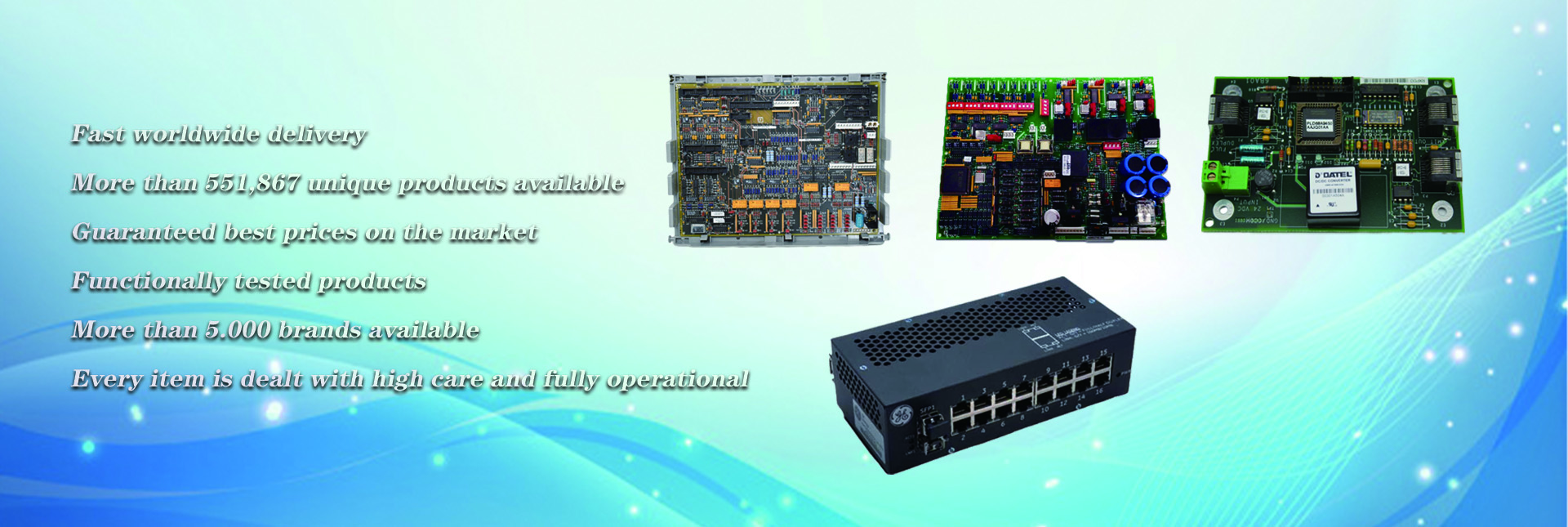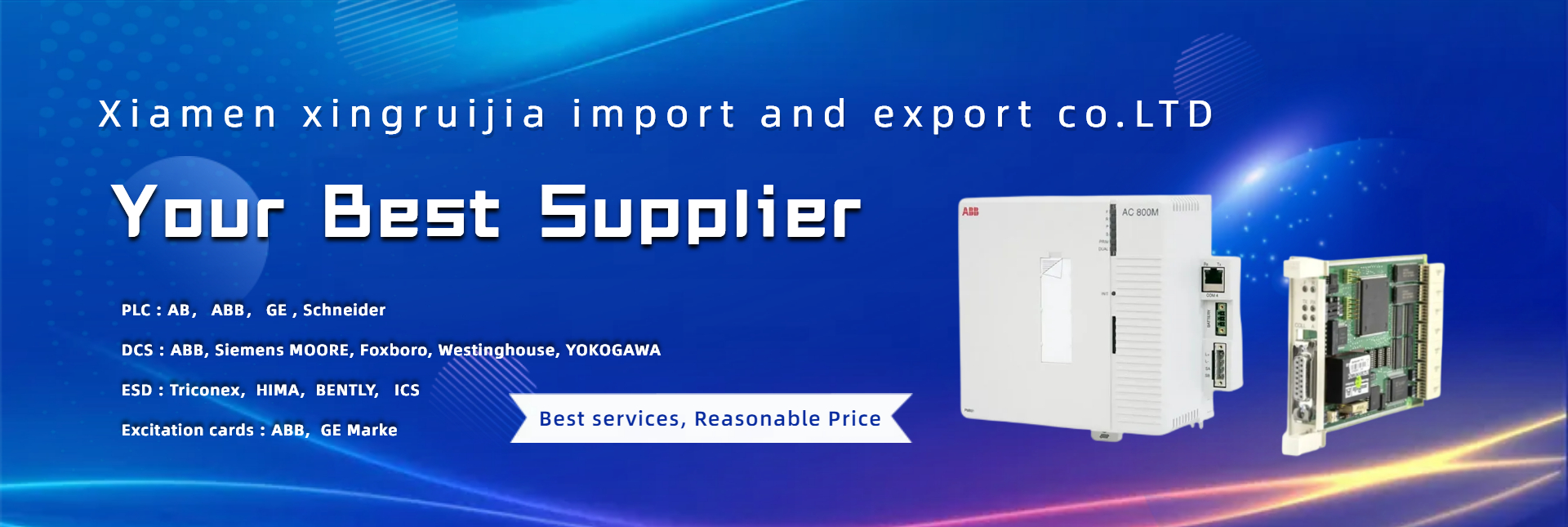PLC control system and DCS control system are not a concept on a logical level. It can be seen from the name that PLC is named by function and DCS is named by architecture. In principle, PLC can form DCS. Of course, there are still performance differences between the two, depending on the product and needs. From the application point of view, the simple distinction between PLC and DCS is often mistaken.
The difference between DCS control system and PLC control: DCS is a “decentralized control system”, while PLC (programmable controller) is just a control “device”, which is the difference between “system” and “device”. The system can realize the functions and coordination of any device, and the PLC device can only realize the functions of this unit.
DCS network is the central nerve of the whole system, and the international standard protocol TCP/IP is usually used in DCS system. It is a safe, reliable and double redundant high-speed communication network, and the system has better expansibility and openness. Because PLC basically works for a single small system, when communicating with other PLCs or upper computers, the network form used is basically a single network structure, and the network protocol is often inconsistent with international standards. In terms of network security, PLC has no good protection measures.
The overall plan of DCS is considered. The operator station has the function of engineer station. After the operation plan program is installed, there is a close joint relationship between stations. Any station, any function, and any controlled device are interlocked and coordinated; However, the connection between stations (PLC and PLC) of a system composed of PLC connected with each other is a loose connection mode, which can not perform the function of coordinated control.
DCS has a large number of expandable interfaces in the whole design, and the external system or expansion system is very convenient. After the completion of the whole system connected with PLC, it is difficult to increase or reduce the operator station at will.
To ensure the safety and reliability of equipment controlled by DCS, DCS adopts dual redundant control units. When important control units fail, relevant redundant units will be switched to working units in a real-time and undisturbed manner to ensure the safety and reliability of the whole system. The system connected by PLC needs to be configured with dual PLCs for redundancy.
Updating various process control schemes is one of the most basic functions of DCS. When a scheme changes, engineers only need to execute the download command after the engineer stationmaster compiles the changed scheme. The download process is completed by the system automatically, without affecting the operation of the original control scheme. Various control software and algorithms of the system can improve the control accuracy of process objects.
For the system composed of PLC, the workload is extremely huge. First, you need to determine which PLC to edit and update, then use the corresponding compiler to compile the program, and finally use a dedicated machine (reader writer) to transfer the program one-to-one to the PLC. During the system debugging, debugging time and debugging costs are greatly increased, and it is extremely unfavorable for future maintenance.
There is a big difference in control accuracy. This determines why in large and medium-sized control projects (more than 500 points), the system connected by PLC is basically not used. All I/O modules of the DCS system are equipped with CPUs, which can realize the quality judgment and scalar transformation of the acquisition and output signals, and can be replaced at random if the fault occurs. The PLC module is just a simple electrical conversion element without intelligent chip, and the corresponding units will be paralyzed after the failure.
Post time: Dec-29-2022


